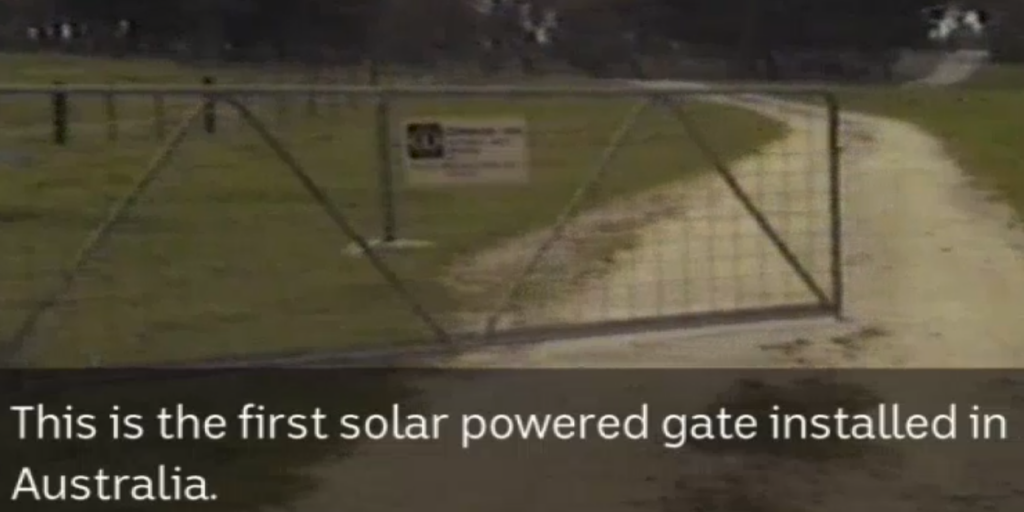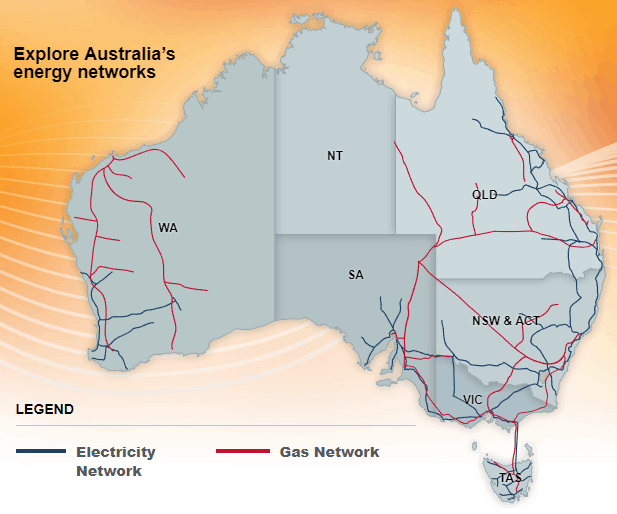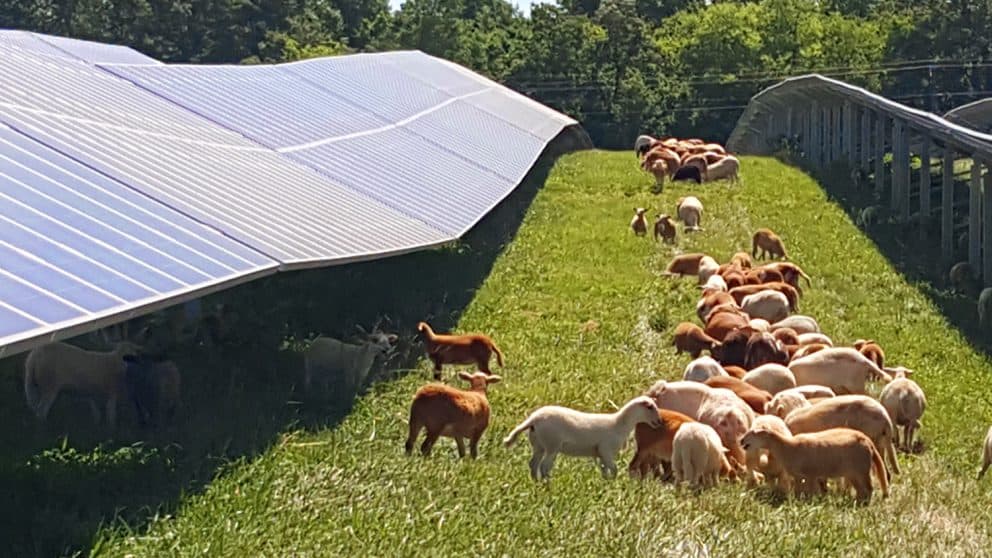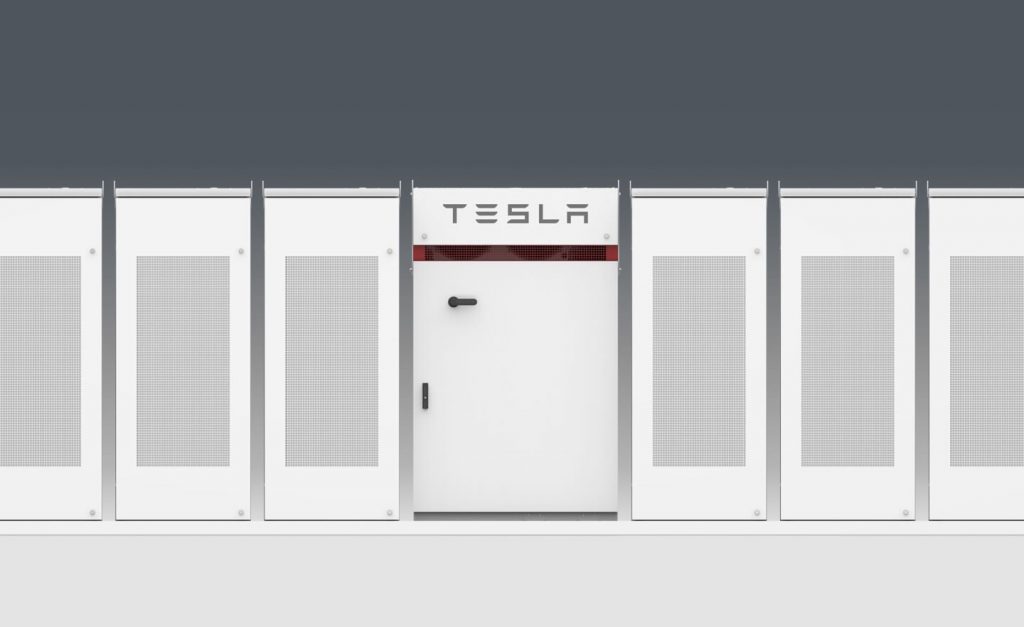
Japanese technology conglomerate SoftBank will team up with Saudi Arabia’s sovereign wealth fund to provide initial equity for the world’s biggest solar farm in Saudi Arabia. Softbank and the Saudi Arabians have said that their project will have a gigantic 7.2GW capacity in 2019 and this will grow quickly.
World’s biggest solar farm
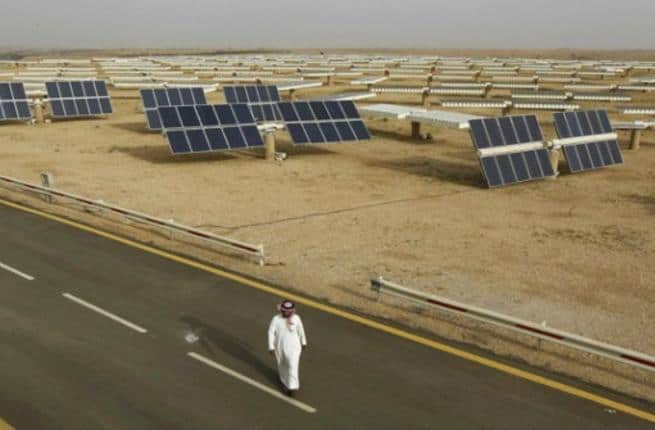
By 2030 they are hoping to have a titantic 200GW of power – this would take up a massive amount of the desert, equivalent to a million football fields, according to Renew Economy.
For scale, worldwide total solar deployment is around 400GW, with the current biggest solar farm in China (the Tengger Desert Solar Park at 1.5GW). Australia’s biggest is the 220MW Bungala Solar Farm in Port Augusta.
According to Softbank and the Saudi Arabians, the Saudi Arabian solar project will be built in two stages next year (in separate projects of 3GW and 4.2GW), and they aim to have 200GW by 2030. This would be a huge change to the country which currently uses 60% oil, as they enjoy the lowest cost of oil production worldwide.
For comparison, Australia only uses 20GW per year so this is an absolutely massive undertaking.
Crown Prince Mohammed bin Salman and SoftBank chief Masayoshi Son say phase one will cost $5 billion, with $1b of this money coming from the Vision Fund and the rest will be through project-financed debt.
The plant will be able to supply enough electricity for Saudi Arabia and ‘much of the middle East’ via exporting – with projected savings forecast to be up to $40b per year. The manufacturing of the solar farm in Saudi Arabia will also result in the creation of 100,000 direct and indirect jobs.
Masayoshi Son says the projected will “fund its own expansion” so it’s really exciting to see how a project of this size manages to become profitable/cash flow positive so quickly – we’ll be watching it closely. This is the biggest project we’ve covered and it’ll be great to follow it along as it’s built and starts providing power to the Middle East!


